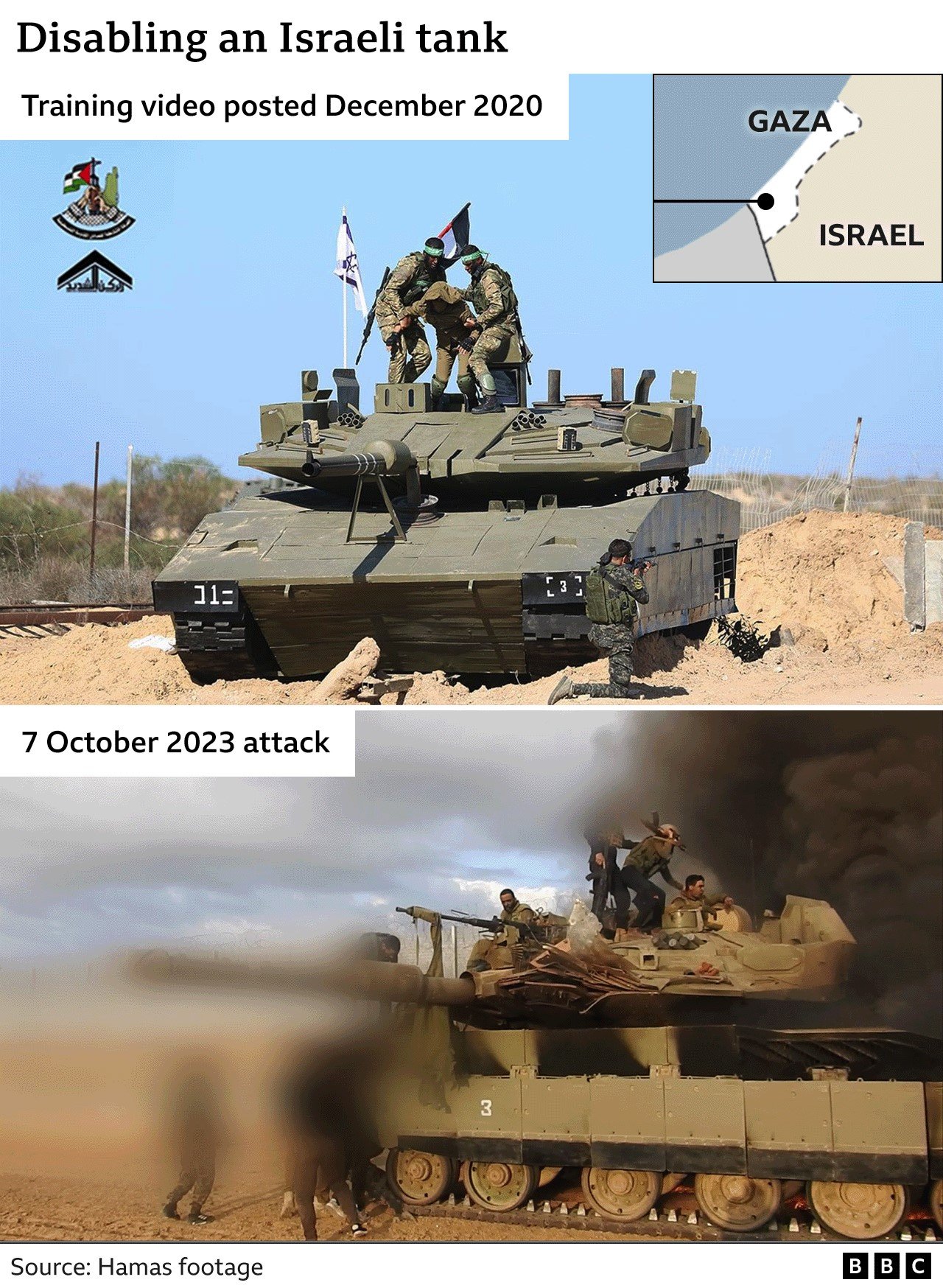Incident Report: Soldier Suicide and Implications for Sustainable Development Goals
1.0 Incident Summary
A report has been issued concerning the death of a paratrooper serving in the Israel Defense Forces (IDF). The following points summarize the event:
- Subject: An active-duty paratrooper.
- Event: The soldier died following a suicide attempt.
- Timeline: The attempt occurred in the week prior to the official announcement of the death on Sunday.
- Confirmation: The death was officially confirmed by the military.
2.0 Analysis in Relation to SDG 3: Good Health and Well-being
This incident highlights significant challenges related to the achievement of Sustainable Development Goal 3, which aims to ensure healthy lives and promote well-being for all at all ages.
- Target 3.4: The event is a direct contravention of Target 3.4, which seeks to reduce premature mortality from non-communicable diseases through prevention and treatment and to promote mental health and well-being. Suicide represents a critical failure in the provision of mental health support.
- Mental Health in High-Stress Environments: The death underscores the urgent need for robust mental health services, preventative strategies, and destigmatization of mental illness within high-stress institutional environments such as the military.
- Systemic Gaps: This case serves as an indicator of potential systemic gaps in identifying at-risk individuals and providing timely and effective psychological intervention.
3.0 Analysis in Relation to SDG 16: Peace, Justice and Strong Institutions
The well-being of personnel within state institutions is a core component of SDG 16, which promotes peaceful and inclusive societies and calls for effective, accountable, and inclusive institutions at all levels.
- Institutional Accountability: The health and safety of military personnel are a measure of an institution’s effectiveness and its commitment to justice and accountability. Incidents of suicide raise questions about the adequacy of institutional care and support mechanisms.
- Strengthening Institutions: A “strong institution” as envisioned by SDG 16 must prioritize the holistic well-being of its members. Addressing mental health crises is fundamental to building resilient, effective, and humane security forces.
- Reducing Violence: While Target 16.1 focuses on reducing all forms of violence, this includes the imperative to prevent self-inflicted violence and protect the lives of those serving within state security apparatuses.
Analysis of SDGs in the Article
1. Which SDGs are addressed or connected to the issues highlighted in the article?
-
SDG 3: Good Health and Well-being
This goal is directly addressed as the article’s central topic is a death by suicide. Suicide is a critical public health issue related to mental health and well-being, which are core components of SDG 3.
-
SDG 16: Peace, Justice and Strong Institutions
The article mentions that the individual was a paratrooper in the Israel Defense Forces (IDF). The well-being of personnel within state institutions like the military is relevant to SDG 16, which aims to build effective, accountable, and inclusive institutions. A suicide within this context can point to challenges within the institution’s support systems.
2. What specific targets under those SDGs can be identified based on the article’s content?
-
Target 3.4: By 2030, reduce by one third premature mortality from non-communicable diseases through prevention and treatment and promote mental health and well-being.
The death of the soldier by suicide is a case of “premature mortality” directly linked to a mental health crisis. The article’s subject matter aligns perfectly with this target’s aim to promote mental health and well-being to prevent such deaths.
-
Target 16.1: Significantly reduce all forms of violence and related death rates everywhere.
Suicide is a form of self-directed violence. The article reports on a death resulting from this violence (“died of his wounds” from a suicide attempt), which connects the event to this target’s goal of reducing death rates from all forms of violence.
3. Are there any indicators mentioned or implied in the article that can be used to measure progress towards the identified targets?
-
Indicator 3.4.2: Suicide mortality rate.
The article reports a specific instance of a death by suicide. This single event is a data point that would be aggregated to calculate the “suicide mortality rate.” Therefore, the article provides qualitative information that directly feeds into this specific indicator.
-
Implied data for “violence and related death rates” (Target 16.1).
The reported death serves as a direct, albeit single, data point for the “related death rates” from violence mentioned in Target 16.1. While not a formal indicator itself, the event described—a death from self-inflicted wounds—is precisely the type of event that would be tracked to measure progress on reducing violence-related deaths.
4. Summary Table of Findings
| SDGs | Targets | Indicators |
|---|---|---|
| SDG 3: Good Health and Well-being | Target 3.4: Reduce premature mortality from non-communicable diseases through prevention and treatment and promote mental health and well-being. | Indicator 3.4.2: The reported suicide is a data point for the “Suicide mortality rate.” |
| SDG 16: Peace, Justice and Strong Institutions | Target 16.1: Significantly reduce all forms of violence and related death rates everywhere. | The reported death from self-inflicted violence serves as a data point for measuring “violence and related death rates.” |
Source: haaretz.com







